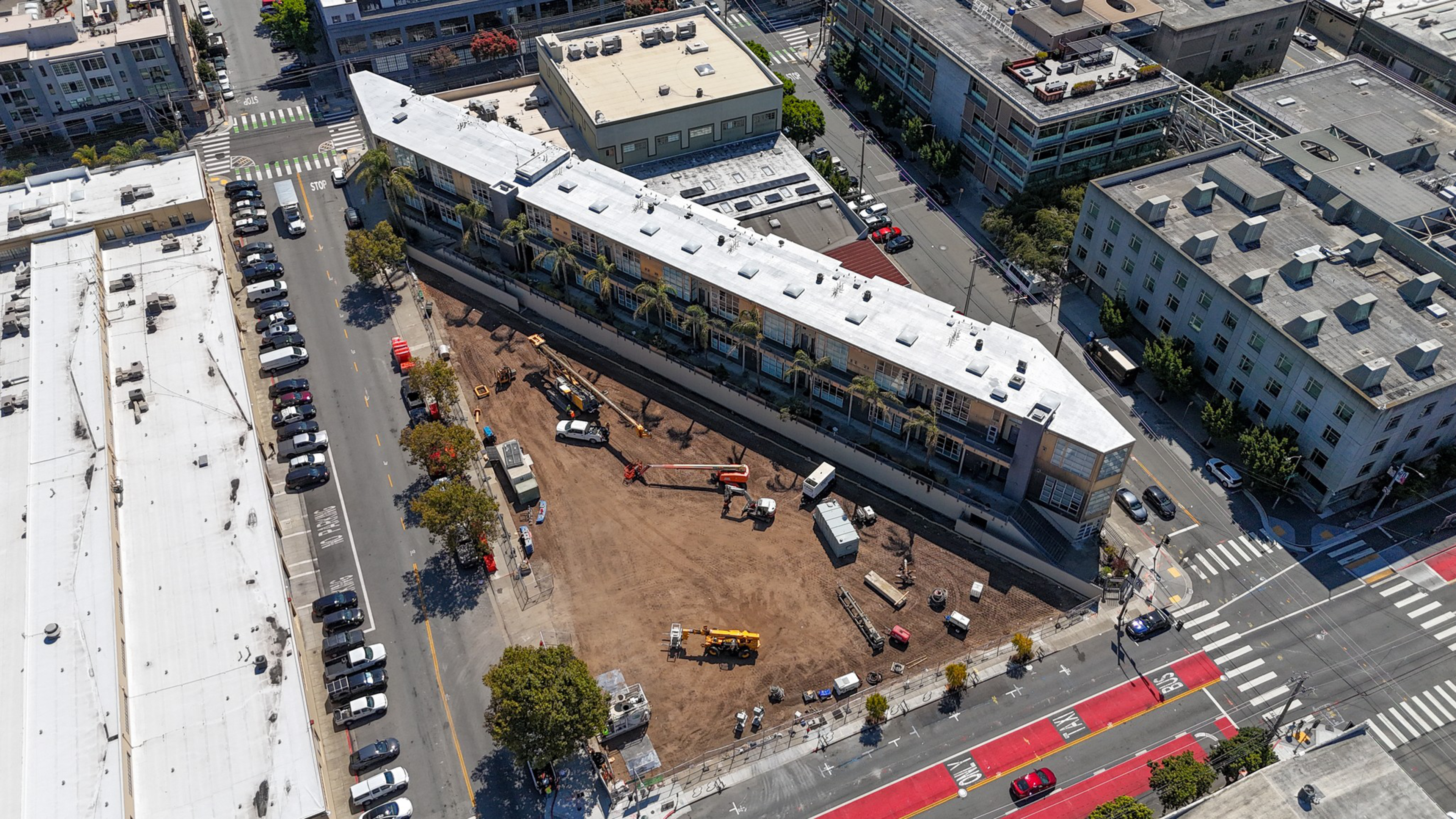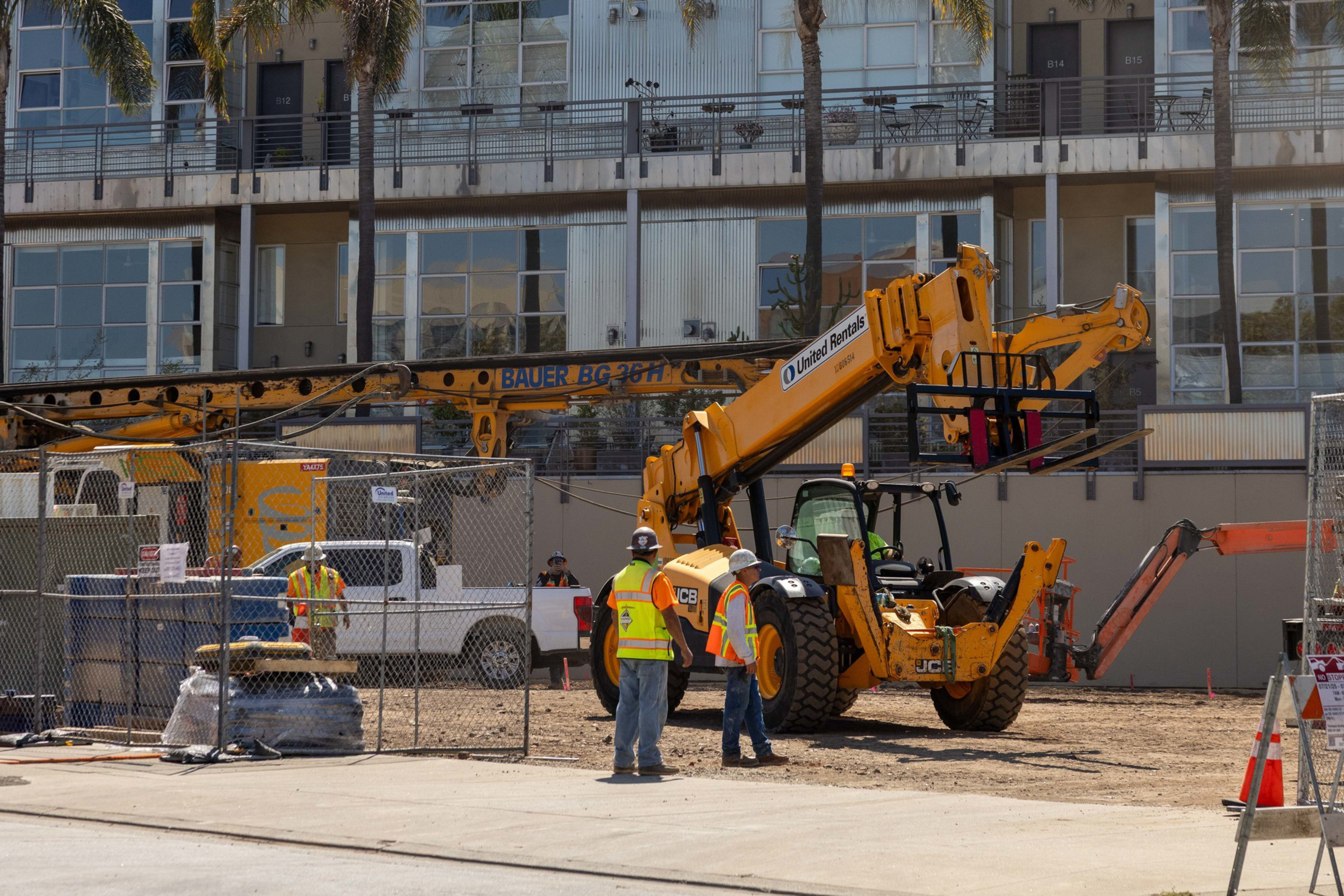For the first time Mark MacDonald could remember, getting new housing approved wasn’t the problem. When his firm DM Development identified a site in Potrero Hill for a new apartment building in 2019, the entitlement process took only six months, thanks to new streamlining laws.
But for the next five years, MacDonald struggled to get anyone to loan him the money for construction. So the parcel and its historic train (opens in new tab) sat still.
It wasn’t just him. A perfect storm of exploding costs, high interest rates, and declining rents has stalled housing construction across the Bay Area. This has forced some Bay Area developers — whose projects are instrumental in building the hundreds of thousands of homes mandated by the state — to look beyond the conventional lending market to jump-start frozen projects, at the risk of a business model built around scoring quick sales and cashing in on limitless rent growth.
“If you aren’t a global developer with a big balance sheet, you’re at the whims of whatever return threshold the institutional capital or high-net-worth community demand,” MacDonald said. “The problem in today’s environment is that those requirements are still too high.”
Rather than provide funds to builders for ground-up development, lenders have found it cheaper or more profitable to buy existing apartments at a discount or deploy their money elsewhere. The buildings that have opened recently likely got financing before the pandemic shook up the markets.


In the case of DM Development, the years-long lending crunch meant a crucial pivot. Rather than waiting for interest rates to budge or apartment rents to climb even higher, MacDonald turned his planned market-rate apartments at 300 De Haro St. into a 100% low-income housing project.
This way, he secured federal tax credits and sold them to investors who wanted to lower their tax bills, and got the state to issue special bonds to Citibank (opens in new tab) in exchange for a cheaper loan to cover roughly half the $204 million cost of development. His firm purchased the land in 2022 for $16.6 million. As an affordable housing developer, DM Development gets paid a $28 million fee or 13% of the project cost.
The 425-unit complex broke ground Tuesday and is expected to be completed by 2027. “We iterated and iterated until this project could work,” MacDonald said.
But there’s a reason market-rate developers don’t typically do affordable housing — the profits are limited. Rents are capped, and staying in compliance with authorities is a tedious and costly burden. It’s difficult for renters to qualify, and the exit window or sell-off date — when investors make the majority of their money — is farther out, since the government requires holding onto the project for at least 15 years.
“In this environment, everyone’s likely going to have to keep their money in a deal longer than they would have anticipated,” MacDonald said. “So you either have to get your investors comfortable with that fact or find someone who can buy them out.”
MacDonald said he always envisioned the 425-unit project as “naturally affordable” workforce housing. But now, the rents will be set in stone. Only individuals or families earning between $41,000 to $95,000 per year are qualified to live in the 11-story building.
To juice the revenue and fit in more units, DM Development designed the apartments to be small, approximately 300 square feet. While some have criticized “micro units” as inadequate for residents, MacDonald maintains that they satisfy a large swath of the demand in the rental market if appropriately designed. The homes at 300 De Haro have Murphy-bed setups that can convert to sofas or dining tables during the day, and the building includes shared amenities and common areas, such as coworking spaces, a roof deck, and a communal kitchen.
Risk to go now or wait to pay more?
In San Jose, developer Erik Hayden of Urban Catalyst has had plans for two market-rate high-rises sitting on ice for three years. The sites directly across the street from City Hall would add more than 1,000 homes to the city’s downtown core, which needs more residents to support local businesses with the absence of office workers.
But just like for 300 De Haro St., investors weren’t biting as they saw large private-equity groups come in and buy already leased apartment buildings nearby for 30% off. (opens in new tab) Until those prices exceed the cost of building ground up, developers of high-rises are stuck waiting for investors, Hayden said.
“More projects will break ground once everyone in the market believes that the high-density, market-rate development model works again,” he said.
Hayden was able to make the math work for another project, securing a $110 million loan from Los Angeles-based Beach Point Capital on Monday to break ground on the more modest Aquino, a 278-unit wood-frame apartment building.

The construction cost of the project is $135 million, giving the lender an 80% stake. That dwarfs the typical 50% to 65% debt load and means the developer is exposed to higher interest payments and increased foreclosure risk if the property struggles with occupancy.
“We were able to break ground because higher-risk financing is coming back to the market,” Hayden said. Investor appetite for high-rises is still tepid, he added, but more groups are loaning on projects like Aquino because wood construction costs are lower than those of an all-concrete tower.
Both developers say the Bay Area’s next housing boom is waiting for the Federal Reserve to lower its rates. Once mainstream banks see that new housing projects can outperform the U.S. 10-year Treasury yield, they’ll pour their money back into real estate.
But if real estate is a waiting game, then there are literal costs to staying on the sidelines. The price of construction is slated to increase alongside the demand for skilled labor, so Hayden said the time was right to push in his chips.
“We’re confident we’re in the beginning of the next cycle right now,” he said.
